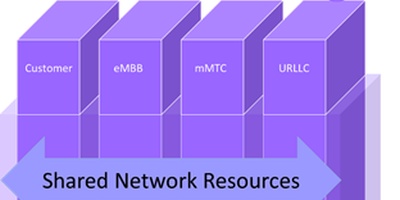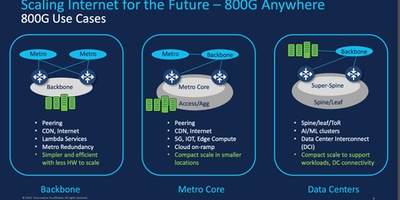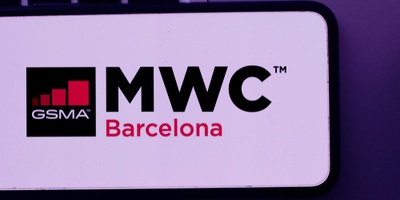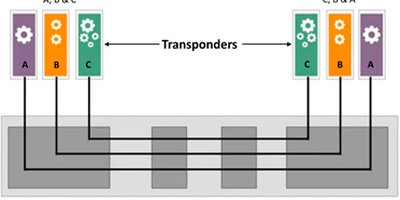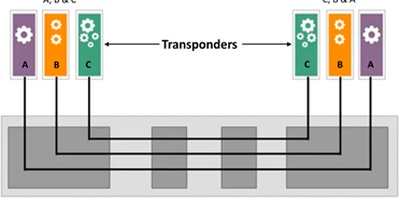
SD-WAN, a Software Defined Networking technology that introduces software programmability to enterprise communications, is gathering significant momentum in the marketplace. Its benefits are many; here are just a few of them:
- Application-based routing
- Centralized orchestration
- WAN optimization capabilities Traffic prioritization
- Improved security and reliability
- Improved agility, can add WANs quickly without downtime
- Active-active configuration, which can also be used for redundancy
However, there is an abundant amount of hype around SD-WAN. A large number of vendors are vying for what is still small market; customers are being sold on SD-WAN as the ultimate answer to all their networking needs. One would think that older technologies are dying a sudden death, and that the market is shifting in droves towards SD-WAN. The pattern is remarkably familiar: A new, promising technology emerges; its benefits are hyped; hockey stick forecasts emerge; and vendors of many stripes repurpose their offerings as the hot new technology; the new technology becomes the must have new thing; and customers are led to believe that they are missing out if they do not rush to adopt it. None of this is meant to take away from the true promise of SD-WAN and of software-based networking on a broader scale. However, the rules of business remain the same: Determine the business need, define the right network architecture that serves that need, then decide on the right technology to fulfill those requirements. SD-WAN may very well be the right technology to satisfy those needs at the right price point, but in some cases, it may not.
Masergy, a global service provider with a very rich SD-WAN offering, has adopted this approach. Its go-to-market framework is driven by these guiding principles:
- Network design is defined by customer.
- Focus on the customer apps and unique topology. Service requirements can vary widely between different areas for the same customer, thus one level service does not work.
- Agile and nimble given the fast-changing marketplace.
For example, if the customer is looking for an active link and a backup link, a traditional MPLS link with a broadband link for backup may be sufficient. If the customer does not need an active-active configuration, then SD-WAN may be an overkill; the traditional solution will still enable a deep level of analytics (at least in the Masergy solution) but may not offer the ability to dynamically change routing and to leverage some of the other advanced capabilities inherent to SD-WAN. The point is to understand the customer’s needs and provide the right solution to address the needs instead of selling a new technology. Another element of the hype around SD-WAN is that it is displacing MPLS and that customers are abandoning MPLS in droves. The reality is different. As recently reported in SDxCentral , Verizon’s Shawn Hakl, SVP of Business Products, said that in fact he saw an increase in MPLS sales because of introducing SD-WAN. Essentially, enterprises that use MPLS have kept it when they deployed SD-WAN; they use MPLS for applications that need a high level of security and reliability and take advantage of the multimodal capability of SD-WAN to retain MPLS, along with LTE for backup. SD-WAN offers a level of trust, thus enabling companies to replace costly MPLS connectivity with broadband (or LTE) connectivity for backup, while retaining MPLS for mission-critical situations. It is unquestionable that SD-WAN brings highly desirable capabilities and solves unique problems in networks. Like any new technology, it will take time for it to gain broad market adoption, which will be driven by business needs and the impetuous to design the most optimal networks that serve those business needs. A key element that will broaden market adoption is interoperability. Today, too many vendors vie for an emerging marketplace, but it will be inevitable for this segment to consolidate and for the remaining successful players to establish interoperability standards in order to enable the market to reach its potential. ACG continues to develop services in the SD-WAN space that cover vendors, service provider offerings, and go to market strategies.
For further detail contact Liliane Offredo-Zreik at loffredo@acgcc.com.














